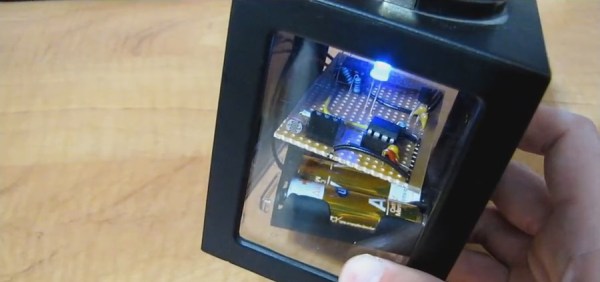[Chris O’Riley] has been playing around with Arduinos for around a year, and decided he wanted a breadboardable ATtiny85 in order to prototype using the actual controller that would be used in the final project. He wants to use it to interface with a Bosch BMP280 pressure sensor, but for now it stands alone.
It’s a simple board with the Tiny85, 3.3 V and 5 V regulators, a power LED, as well as the usual resistors and caps [Ed: not resistor sand caps]. The double-sided PCB [Chris] milled himself — he’s an illustrator and photographer by day, so it’s no surprise the board turned out gorgeous. He designed the board in Illustrator after taking a stab at Eagle, then ran it through his CNC to mill the circuits using a .017 inch end mill as well as drilling the vias. He add solder paste using the tip of a knife, but after messing around with an iron, he ended up investing in a hot air rework station.
We love our Tiny85s here on Hackaday. Check out the ATtiny85 gaming console, the NTSC-generating ATTiny85, and making DIY I2C devices with the chip.





















